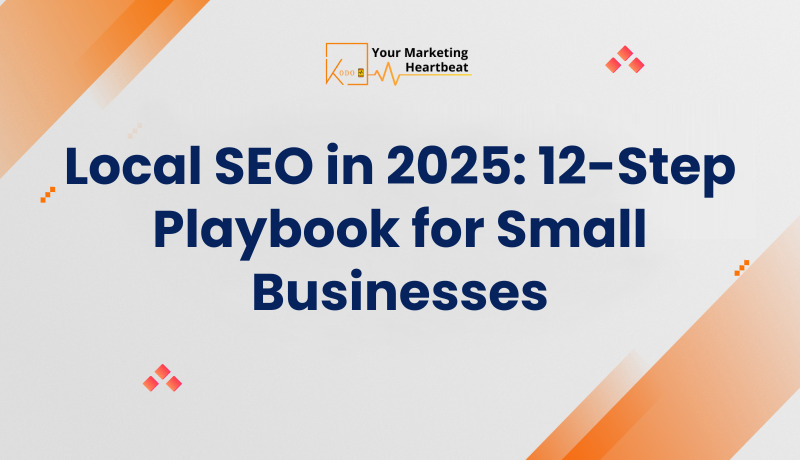
Technical SEO serves as the backbone of a successful online presence. It encompasses the elements that ensure search engines can crawl, index, and render your website effectively. While content quality and backlinks are crucial, without a solid technical foundation, your efforts may yield minimal results.
To excel in 2025, businesses must prioritize technical SEO audits. These audits help identify areas for improvement, ensuring that your site aligns with the latest search engine algorithms. Furthermore, a comprehensive audit covers aspects such as site speed, mobile optimization, and security protocols, ultimately enhancing user experience and search visibility.
Core Web Vitals are a set of specific factors that Google considers essential for delivering a good user experience on the web. They focus on three key aspects: loading performance, interactivity, and visual stability. These metrics include:

To measure these metrics, tools like Google PageSpeed Insights and Lighthouse can be employed. They provide insights into how well your site performs against these benchmarks. By regularly monitoring these metrics, businesses can proactively address issues and maintain a user-friendly experience.
Page speed is a critical factor that influences user engagement and conversion rates. Research indicates that a mere one-second delay in loading time can lead to a 20% drop in conversions. In today’s fast-paced digital environment, users expect instant access to information. If your website fails to meet these expectations, users are likely to abandon it for faster alternatives.
To enhance page speed, consider the following strategies:
Mobile-first indexing means that Google predominantly uses the mobile version of your content for indexing and ranking. This shift acknowledges the growing trend of mobile internet usage, as more users access websites via smartphones and tablets.
With mobile traffic accounting for nearly 60% of global web visits, ensuring your website is mobile-friendly is no longer optional. A responsive design, fast load times, and accessible navigation are vital components of a successful mobile strategy.
Cumulative Layout Shift (CLS) measures the visual stability of a webpage. A high CLS score indicates that elements on the page shift unexpectedly, leading to a frustrating user experience. This can occur due to images loading without defined dimensions or dynamic content that changes after the page has loaded.
To address CLS, consider the following:
Lazy loading is a design pattern that delays the loading of non-essential resources until they are needed. For example, images and videos below the fold can be loaded only when the user scrolls down the page.
Implementing lazy loading can significantly improve initial load times, reduce server load, and enhance user experience. By prioritizing essential content, users can start interacting with your site faster, leading to increased engagement and lower bounce rates.
Accelerated Mobile Pages (AMP) is a framework designed to create fast-loading mobile web pages. While AMP has its advantages, it may not be suitable for every business due to its limitations in customization and design flexibility.
Consider these alternatives for achieving speed without the constraints of AMP:
Security is paramount in the digital landscape. Implementing HTTPS not only protects user data but also improves your site’s credibility. Google has confirmed that HTTPS is a ranking factor, meaning secure sites are more likely to rank higher in search results.
Structured data helps search engines understand your content better, leading to enhanced visibility in search results. Implementing structured data can result in rich snippets, which display additional information such as star ratings, prices, and availability directly in search results. This can significantly improve click-through rates.
In 2025, the importance of technical SEO cannot be overstated. With the continuous evolution of search algorithms, businesses must stay ahead by optimizing their websites for both user experience and search engine performance. By focusing on Core Web Vitals, mobile-first indexing, and implementing best practices, we can create websites that not only rank well but also deliver exceptional user experiences.



April 23, 2024